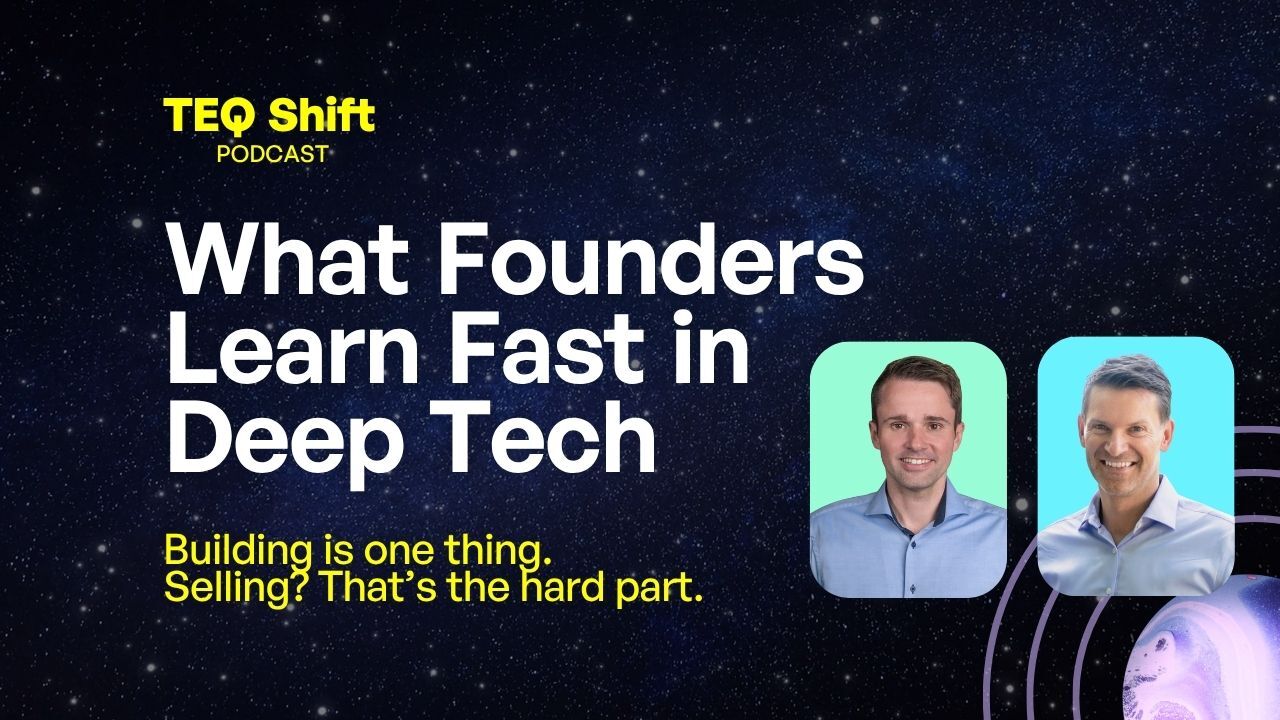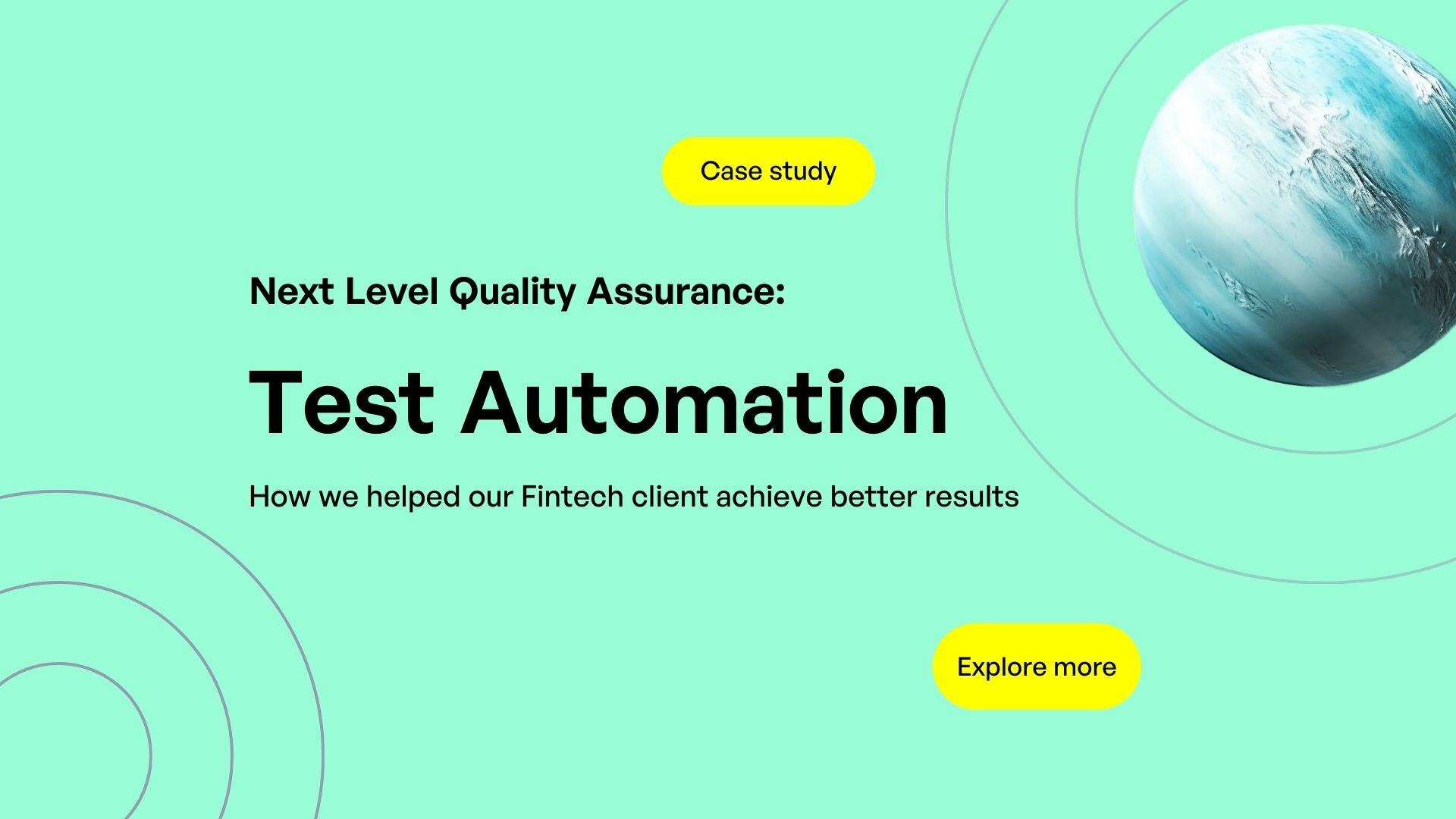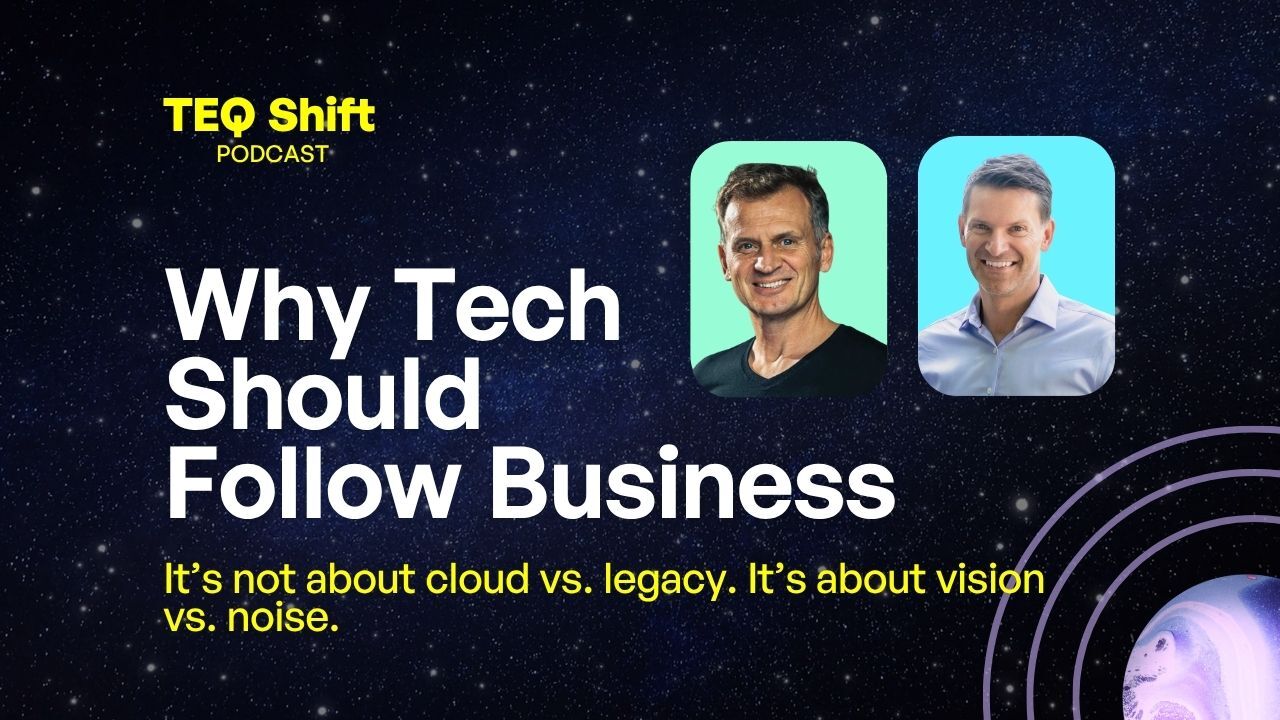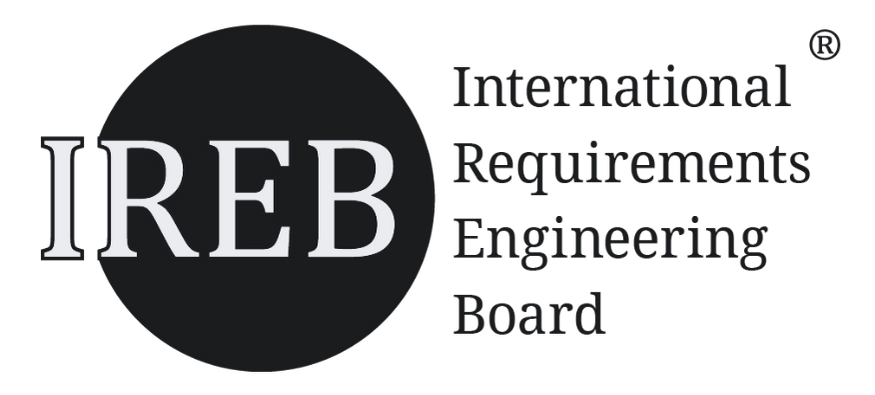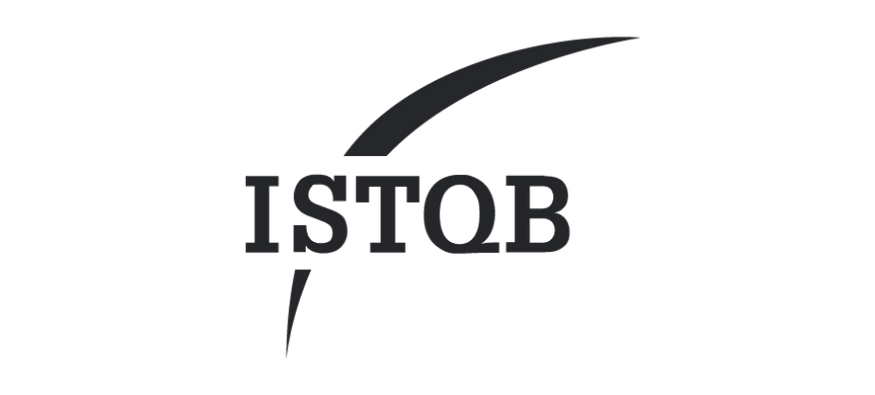Tech Isn’t the Hard Part
In deep tech, there’s a quiet illusion: that once you build the right system, everything else will follow.
Hendrik Thamer, CEO and co-founder of Cellumation, learned otherwise.
Cellumation’s modular conveyor platform is smart, flexible, and efficient. It combines hardware, software, and AI to move packages inside warehouses with real-time adaptability. The technology is brilliant. But the challenge isn’t the prototype. It’s getting someone to bet their operation on it.
This article unpacks what founders learn fast when building deep tech products that touch mission-critical environments—and how to move from innovation to trust at scale.
1. Building the Product Is Just the Beginning
Startups often focus on solving the technical problem. Can we build it? Can it scale? Can it adapt?
But Hendrik’s experience shows that in B2B infrastructure—especially in logistics—customers don’t just want a working system. They want proof. Real-world performance. Reference customers who sleep well at night.
As Hendrik puts it:

"People don’t buy tech. They buy sleep."
The stakes are high. If your platform breaks, packages stop moving. Teams go home. Schedules collapse. The tech may be brilliant—but credibility is the product.
2. Selling Innovation Is Harder Than Building It
Even when you’ve solved the technical challenge, you’re still facing an emotional one: fear.
Enterprise customers don’t want to be first. They want to know that someone else has taken the risk. That the system works under pressure. That downtime isn’t a threat.
What worked for Cellumation wasn’t more pitch decks. It was references, site visits, and showing the system live in the field. Not demos. Proof.
"Until someone sees it running in their context, they won’t believe you."
3. The Real Pivot: From Tech to Narrative
Hendrik shared that Cellumation didn’t change their core technology—they changed how they talked about it.
Instead of leading with specs, they led with use cases. Instead of modularity theory, they talked about how it solved the customer’s specific problem. And instead of "faster, smarter, better," they focused on one message: this will work for you.
This isn’t spin. It’s communication. In deep tech, founders have to translate complexity into confidence.
4. Modularity Sounds Great—Until It Gets Real
Cellumation’s modular conveyor system is built like Lego bricks. In theory, that offers perfect flexibility. In practice, it raises a new question: who assembles the Lego?
Every customer has different layouts, use cases, and legacy systems. Modularity creates opportunities—but also complexity.
"Modularity only works if the customer understands how to use it."
That means documentation, training, integration layers, and often: service partners. Founders learn fast that flexibility must be supported, not just offered.
5. Hardware and Software Don’t Scale the Same Way
Unlike SaaS startups, deep tech founders have to manage physical constraints: supply chains, industrial safety regulations, and hardware cycles.
Software can update weekly. Hardware may stay in place for a decade.
This makes product leadership different. It’s not just about versioning. It’s about long-term support, interoperability, and predictable performance.
That’s why trust is earned over time. And why credibility compounds.
6. What Buyers Actually Need
Founders quickly learn that success in deep tech isn’t just about innovation. It’s about making someone feel safe betting their business on you.
That means:
-
A roadmap that’s transparent and grounded
-
Real references in real environments
-
Training and handover that build confidence
-
A system that works under pressure—not just on slides
The customer isn’t buying code. They’re buying peace of mind.
Final Thought: Founders Don’t Just Build. They Translate.
If you’re a founder in deep tech, your job isn’t just to innovate. It’s to earn trust.
That means shifting from solving the technical problem to solving the confidence gap. From specs to story. From pitch to partnership.
Because no matter how elegant your architecture is, if people don’t believe it will work in their world—it doesn’t scale.
Want more insights like this?
Visit www.createq.com/en/podcast for full episodes, blog articles, and expert takeaways.
Subscribe on Spotify, Apple Podcasts, YouTube and Amazon Music to stay ahead in AI-driven software development.

